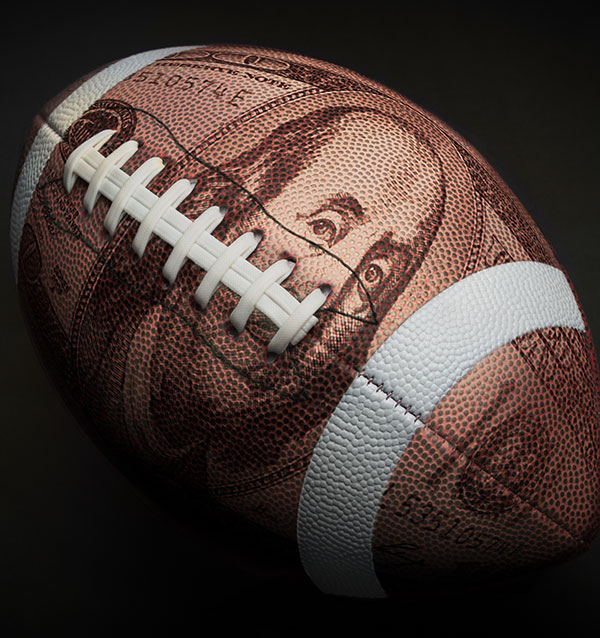Super Bowl commercials have increased in price by 2,500% since 1966
There are certain characteristics that are involved in making a commercial likeable and effective to viewers
Photo by SUBMITTED
The Super Bowl does not just focus on the football game itself, but also the advertisements and commercials, which helps attract a lot of revenue for the NFL.
The Super Bowl is not just the biggest competition in American sports but also the biggest competition for marketers and advertisers. It is an event where brands can showcase their companies to millions of viewers.
Advertising during the Super Bowl does not come cheap, however.
A single 30-second spot during commercial breaks can be the defining moment for a brand, both positively and negatively. This didn’t appear out of nowhere; the commercials and forms of advertisement have evolved over time.
This includes not only the price but also the content and the message.
The Green Bay Packers played against the Kansas City Chiefs during the first Super Bowl in January 1967 where a 30-second commercial cost only $42,000 to air.
Obviously 51 years later the advertisements were going to naturally inflate in price.
Dr. Rama Yelkur, the dean of the school of business at St. John Fisher College, has done quite a bit of research on Super Bowl advertising effectiveness and likeability and was published in the New York Times and Forbes Magazine.
My CJ 260 Introduction to Integrated Strategic Communications class was lucky enough to have Dr. Yelkur speak to us about her research a week prior to the Super Bowl.
According to Yelkur’s study, networks have collectively grossed over $2.5 billion since 2000. The average cost of a 30-second commercial has gone from $1.6 million to $5 million in 2016.
Super Bowl LI consisted of commercials that cost $5.02 million for 30-seconds of airtime. Since 1966 there was a 2,500 percent rise in prices according to Yelkur.
The Super Bowl has also evolved over time as far as the content of the commercials.
Over the many years of the Super Bowl, there have been new additions to what makes an ad likeable.
Celebrities in the commercial, product information, music, sex appeal and ad length are also very important factors that come into play when deciding what makes a good Super Bowl ad.
Yelkur noted, “Less is more.” Audience members will tend to remember the commercials with less information given to them in 30 seconds than the ads that try to talk about every detail of their product in such a short period of time she said.
Over the years, these “special” ads have won over viewers who wouldn’t normally watch the Super Bowl for the game itself.
There is website called the USA Today Ad Meter where people can rate each commercial played during the course of the game. They are able to vote for their favorite and the votes are finalized a day or two after the big event.
I believe sites like these help draw the attention of other crowds into watching the Super Bowl. The commercials themselves help bring people together to watch the game even if they were not interested in who is playing or who wins.
The 2017 commercial winner was an advertisement for Kia titled “Hero’s Journey,” starring Melissa McCarthy.
Although the commercial wasn’t my favorite out of them all, I can understand why it was voted so high on the charts.
The commercial consisted of humor, which is one of the characteristics that makes a likeable commercial; it consisted of a humorous and likeable celebrity and also had popular music playing throughout the ad.
Yelkur’s study also found that a new finding to what makes a likeable commercial is one that consists of an emotional appeal – a commercial that viewers can feel connected to emotionally or on a deeper level.
This characteristic is what made me vote for the Audi commercial titled “Daughter” as my number one pick. This commercial was ranked third on the charts.
Looking over the timeline of commercials since Super Bowl I up until now, we can only assume they will continue to increase in price. Will there ever be a limit? I guess we will have to keep watching over the coming years to find out.

